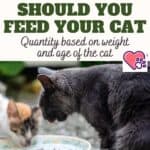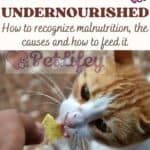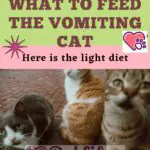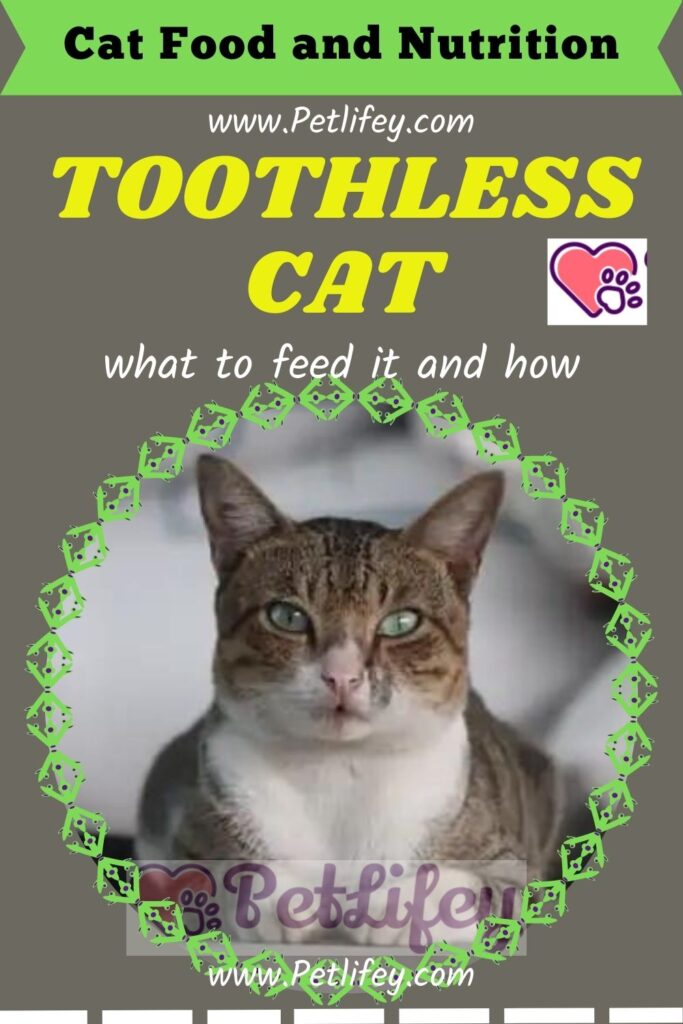
How to feed a cat without teeth? Everything you need to know to care for a toothless cat and what to feed them.
The cat can experience tooth loss for various reasons, not only for old age. But regardless of the cause, it is essential to understand how to deal with this ‘new’ situation also from the point of view of nutrition. In fact, a toothless cat will have to be fed differently and the foods that will have to be offered to them could be absolutely different from those to which it was accustomed before. So let’s see how to manage a cat without teeth and how to feed it in a healthy and balanced way.
The cat has lost its teeth: what happens
If the cat loses its teeth the problems can be varied, and not necessarily related to age. It could in fact be a direct consequence of some pathologies that also involve the teeth of the cat, such as some periodontal diseases of the cat. Once the disease has been diagnosed and perhaps a suitable cure has been found to solve the problem, the cat can actually lead a normal life, perhaps a little different from the one before but not too much.
In fact, a domestic cat, although without teeth, will not have to go and get food because there will always be those who take care of them and will make them find the full bowl. The problem would be different if it were a stray cat and that, in addition to procuring sustenance, must also defend itself from possible predators. In short, the loss of one or more teeth does not actually change the life of our cat so much: therefore, apart from the problem of chewing, a solution can easily be found.
Cat without teeth: can it still eat dry food?
It is not said that a toothless cat must necessarily be content with soft and spongy foods. Dry food will not necessarily have to be eliminated from the diet of our feline, but maybe we will have to give them time to adapt to the situation. In fact, cats will be able to continue to ingest dry food since their teeth have always been used to pulp meat, not kibble.
The cat can continue to eat croquettes and dry food even just by using its gums, although some may be traumatized by the pain they felt when their teeth ached and were about to fall. In fact, it can happen that with sick teeth they could not nibble on the kibble and that the cat refuses to eat them even after the removal of the same, as if the memory of that pain was still too vivid in his mind.
Another problem could be that of the cat’s eagerness to ingest dry food without even trying to chew it. This would lead to gastrointestinal problems and perhaps episodes of vomiting and nausea. A good idea, therefore, could be to soften the croquettes with water or sauce.
… and an alternative to dry food?
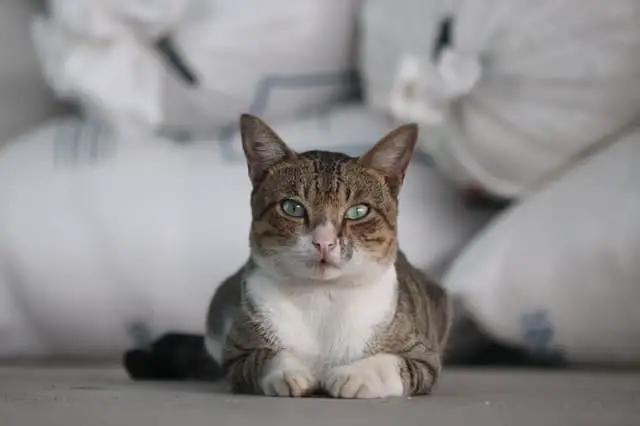
If the cat can not send down the dry food, we just have to opt for the wet one. In fact, among the delicacies on the market, tuna or meat baby food, it will not be so uncomfortable for the cat to adapt to the new dishes. But beware of the transition from dry to wet food: it is not so automatic and the cat (and its stomach) may not easily adapt to such a sudden change. A blender in any case can be a very useful tool for chopping and making soft the food that the cat refuses to eat. The addition of gravy or broth can make its taste even more appetizing. It is better to avoid milk to moisten meals, as the cat may be lactose intolerant.
Regardless of the advancing age, it is essential to always take care of the cat’s teeth to avoid incurring such problems before the due time. In fact, in case of superficial care of the mouth and teeth, dental diseases usually occur around the third year of age of the feline.

